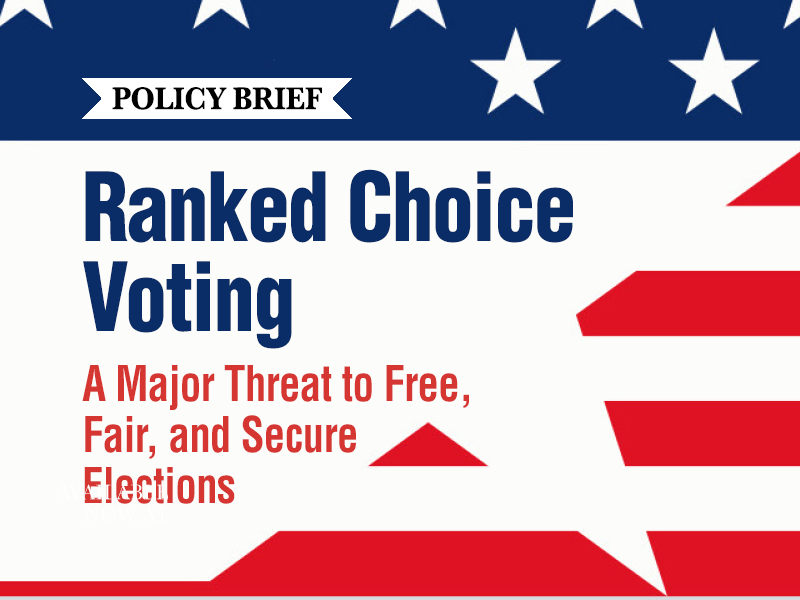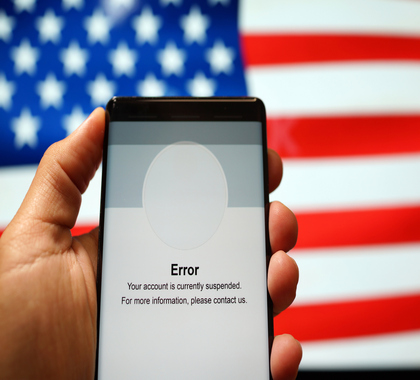October 1, 2002
Study on Faculty Diversity
Illinois Board of Higher Education
431 East Adams Street
Springfield, IL 62701
Dear Board Members:
I strongly protest the IBHE’s campaign to promote faculty “diversity,” which it falsely equates with skin color or national origin (http://www.ibhe.state.il.us/WebHearing/notice.htm). Most of the current and proposed “steps to increase minority faculty” are unnecessary and unconstitutional.
Minority applicants do not need “special treatment”
Faculty surveys show strong support for equal opportunity and “soft” affirmative action (reaching out to all prospective applicants, regardless of race). These same polls reveal strong opposition to faculty hiring preferences.<1> Still, many college administrators and some faculty are biased in favor of minority candidates. Thus, ceterus paribus, the job will sometimes go to a minority candidate over an equally well-qualified nonminority. In short, minority applicants are treated equally well or better than nonminority applicants even without special programs. Moreover, it is the legal responsibility of schools to document past or present discrimination before instituting remedial programs.
Constitutional challenges to racially-exclusive programs
State universities in Illinois defend the Illinois Minority Graduate Incentive Program (IMGIP) and Illinois Consortium for Educational Opportunity Program (ICEOP) by invoking Justice Lewis Powell’s opinion in Regents of the University of California v. Bakke (1978).<2> As Roger Clegg points out, Bakke does not apply to employment discrimination, which is prohibited under Title VII of the Civil Rights Act of 1964.<3> Moreover, the courts have rejected both the “diversity” and “role model” rationales for racial preferences in hiring.
At any rate, Justice Powell introduced racial diversity as one of many factors a school may consider in judging applicants on a case-by-case basis. Powell emphasized that schools could not use race as the sole determinant of “diversity” nor use it in a wholesale manner to treat all members of a minority group differently from nonminorities. In other words, schools cannot reduce the idea of “diversity” to skin color. Unfortunately, this is exactly what universities have been doing!
In subsequent decisions, most notably Croson (1989) and Adarand (1995), the U.S. Supreme Court ruled that all racial preferences are subject to strict judicial scrutiny. States must show how their programs remedy past discrimination by particular state institutions; they may not resort to general claims of overcoming “societal discrimination” (the governing case in this Circuit is People Who Care v. Rockford Board of Education). Furthermore, under the strict scrutiny standard, remedial measures must be “narrowly tailored” to achieve a compelling state interest. Otherwise, they violate the 14th Amendment and the Civil Rights Act of 1964 (Title VII). The courts have ruled that the following reasons are NOT compelling enough to justify racial discrimination by the state:
- Achieving racial proportionalism
- Providing minority role models
- Overcoming general societal discrimination
A strong case could be made that the IMGIP and ICEOP scholarship programs are unconstitutional based on the above case law (the Fourth Circuit Court has struck down similar race-exclusive scholarships). Furthermore, employment discrimination from “targeted hiring” of minority candidates clearly violates Title VII of the Civil Rights Act. If lawsuits have not already been filed, I would encourage concerned citizens to challenge the legality of these racial set-asides.
Even more troubling, these minority scholarship programs require beneficiaries to “seek and accept” faculty positions within the State of Illinois. Do these candidates compete for jobs in open searches (legal) or do they receive jobs set aside for them (illegal)? Many state universities, including my own, have minority recruitment money to provide departments with an “incentive” to interview and hire minority faculty. During budgetary crises, when money is not available for competitive searches, will colleges conduct job searches open only to minorities? The original goal of affirmative action was to enlarge applicant pools, and hence the quality of the finalists, rather than limit them by accepting anything less than the “best-qualified” candidate.
Other forms of “diversity”
Justice Powell’s notion of diversity was not exclusively racial; he was concerned with allowing universities to consider many factors to achieve intellectual diversity. But by focusing monomaniacally on race, universities have overlooked other groups that are severely underrepresented on college faculty, thus giving lie to their professed concern for “diversity.” For example, faculty surveys highlight the near-absence of Republican and/or conservative faculty in the arts and humanities. For the shocking figures, see
“One Faculty Indivisible,” Wall Street Journal, 30 August 2002 [http://www.opinionjournal.com/editorial/feature.html?id=110002200;
“Republican Professors? Sure There’s One,” Wall Street Journal, 11 May 1998 [http://216.247.220.66/archives/academia/professors.htm]; and
David Horowitz, “Missing Diversity on America’s Campuses,” 3 September 2002, http://www.frontpagemag.com/articles/readarticle.asp?ID=1003)
My research into the political affiliation of Liberal Arts Faculty at Southern Illinois University Carbondale confirms this pattern: 105 Democrats versus 11 Republicans. A partial breakdown by department underscores this “statistical disparity”:
History: 22 Democrats, 1 Republican
English: 14 Democrats, 0 Republicans
Psychology: 10 Democrats, 0 Republicans
Political Science: 9 Democrats, 1 Republican
Philosophy: 8 Democrats, 1 Republican
Anthropology: 7 Democrats, 0 Republicans
Sociology: 5 Democrats, 0 Republicans
Economics: 4 Democrats, 1 Republican
Geography: 3 Democrats, 0 Republicans
True, there may be reasons other than employment discrimination for the underrepresentation of Republicans, just as there are reasons for the underrepresentation of certain minority groups. Yet, based on the diversity rationale, universities ought to be concerned with a “hostile environment” that produces so few Republican professors. (As an aside, it’s interesting that the Board of Higher Education Act limits the number of members who are “affiliated with the same political party” as the Governor; http://www.legis.state.il.us/ilcs/ch110/ch110act205.htm)
In conclusion, it is wrong for the state to define “diversity” by race and it is illegal for it to pursue policies that favor one group over another. A much more positive and effective approach would be to concentrate on improving the pre-collegiate education of minority students in Illinois. The IBHE’s Report of the Committee on Access and Diversity (August 2001) emphasizes this point. Only then will the state have a large pool of minority applicants able to compete on an equal basis with nonminorities.
Sincerely,
Jonathan J. Bean
Southern Illinois University
Department of History
Carbondale, IL 62901
phone 618/453-7872
fax 618/453-5440
email: [email protected]
Jonathan Bean is Associate Professor of History at Southern Illinois University Carbondale and author of Big Government and Affirmative Action: The Scandalous History of the Small Business Administration (2001).
Notes
2. For a description of these programs, see http://www.imgip.siu.edu.



